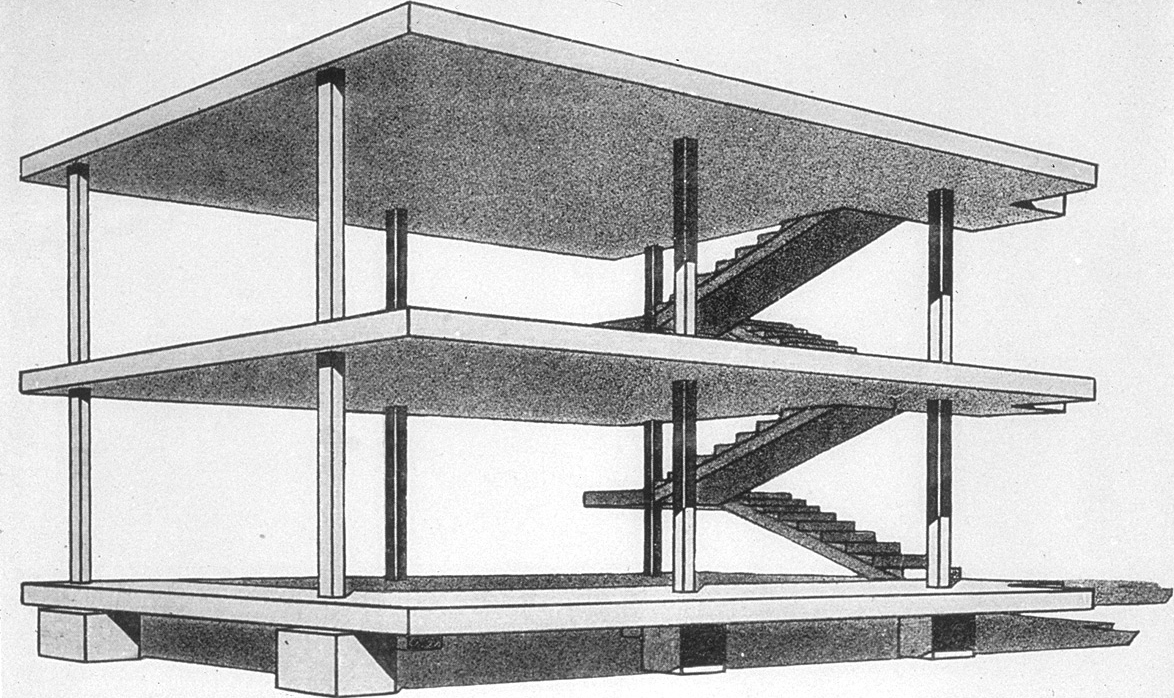107
Marxism and Problems of Linguistics
Author: Joseph Stalin
Year: 1950 Edit Add
Book: Postmodernism, or, The Cultural Logic of Late Capitalism
Marxism and Problems of Linguistics
Author: Joseph StalinYear: 1950 Edit Add
Book: Postmodernism, or, The Cultural Logic of Late Capitalism
The Marr debate in the Soviet Union, for
-106-
example, has been classed with Lysenko as a scientific aberration, largely owing to Marr's hypothesis that the very form and structure of language itself altered according to the mode of production of which it was a superstructure. As Russian had not sensibly evolved since the tsarist period, Stalin put an abrupt end to this speculation with a famous pamphlet ("Marxism and Linguistics"). In our own time, feminism has been virtually alone in attempting to envision the Utopian languages spoken in societies in which gender domination and inequality would have ceased to exist 5 : the result was more than just a glorious moment in recent science fiction, and should continue to set the example for the political value of the Utopian imagination as a form of praxis.
The Marr debate in the Soviet Union, for
-106-
example, has been classed with Lysenko as a scientific aberration, largely owing to Marr's hypothesis that the very form and structure of language itself altered according to the mode of production of which it was a superstructure. As Russian had not sensibly evolved since the tsarist period, Stalin put an abrupt end to this speculation with a famous pamphlet ("Marxism and Linguistics"). In our own time, feminism has been virtually alone in attempting to envision the Utopian languages spoken in societies in which gender domination and inequality would have ceased to exist 5 : the result was more than just a glorious moment in recent science fiction, and should continue to set the example for the political value of the Utopian imagination as a form of praxis.
Free plan
Author: Le Corbusier
Year: 1914 Edit Add
Book: Postmodernism, or, The Cultural Logic of Late Capitalism
Free plan
Author: Le CorbusierYear: 1914 Edit Add
Book: Postmodernism, or, The Cultural Logic of Late Capitalism
But it is precisely from the perspective of such Utopian praxis that we can return to the problem of the judgment to be made on the innovations of the modern movement in architecture. For just as the expansion of the sentence plays a fundamental role in literary modernism from Mallarmé to Faulkner, so also the metamorphosis of the minimal unit is fundamental in architectural modernism, which may be said to have attempted to transcend the sentence (as such) in its abolition of the street. Le Corbusier's "free plan" may be said in much the same sense to challenge the existence of the traditional room as a syntactic category and to produce an imperative to dwell in some new way, to invent new forms of living and habitation as an ethical and political (and perhaps also as a psychoanalytic) consequence of formal mutation. Everything turns, then, on whether you think the "free plan" is just another room, albeit of a novel type, or whether it transcends that category altogether (just as a language beyond the sentence would transcend our Western conceptuality and our sociality alike). Nor is it only a question of demolishing the older forms, as in the iconoclastic and purifying therapy of dada: this kind of modernism promised the articulation of new spatial categories that might properly merit characterization as Utopian. It is well known that Postmodernism is at one with a negative judgment on these aspirations of the high modern, which it claims to have abandoned -- but the new name, the sense of a radical break, the enthusiasm that greeted the new kinds of buildings, all testify to the persistence of some notion of novelty or innovation that seems to have survived the modern itself.
But it is precisely from the perspective of such Utopian praxis that we can return to the problem of the judgment to be made on the innovations of the modern movement in architecture. For just as the expansion of the sentence plays a fundamental role in literary modernism from Mallarmé to Faulkner, so also the metamorphosis of the minimal unit is fundamental in architectural modernism, which may be said to have attempted to transcend the sentence (as such) in its abolition of the street. Le Corbusier's "free plan" may be said in much the same sense to challenge the existence of the traditional room as a syntactic category and to produce an imperative to dwell in some new way, to invent new forms of living and habitation as an ethical and political (and perhaps also as a psychoanalytic) consequence of formal mutation. Everything turns, then, on whether you think the "free plan" is just another room, albeit of a novel type, or whether it transcends that category altogether (just as a language beyond the sentence would transcend our Western conceptuality and our sociality alike). Nor is it only a question of demolishing the older forms, as in the iconoclastic and purifying therapy of dada: this kind of modernism promised the articulation of new spatial categories that might properly merit characterization as Utopian. It is well known that Postmodernism is at one with a negative judgment on these aspirations of the high modern, which it claims to have abandoned -- but the new name, the sense of a radical break, the enthusiasm that greeted the new kinds of buildings, all testify to the persistence of some notion of novelty or innovation that seems to have survived the modern itself.
 Source type: picture
Source type: pictureInfo: In the modernist period there are many renowned architects who utilized the concept of an open floor plan. Le Corbusier and Mies van der Rohe are a couple of those famous designers. Both approached the free plan in different ways. (picture: Le Corbusier Dom-ino Frame, 1914)
Original size: 1174x698 px. Edit
 Log-in
Log-in


